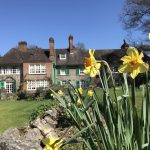On this visit to a National Trust property I wasn’t sure what was the greater attraction-the deer that reside in the ancient deer park or the exquisite 17th century house. Being told that the deer were in the furthest part of the park, I set off to find them on a long walk around the estate. I saw a group but too far off the path for a picture, so made my way to house. Near the house I was extremely surprised not only to find a huge herd, but to see how incredibly obliging they were to sit or stand and have their pictures taken. Brits being Brits meant we had the silly children who thought that it would be a good idea to pet them or get as close as possible for a picture.

After taking a bucket load of photos in the hope that I got a decent shot it was time to get out of the stifling heat and take a visit inside the house. Its former residents were not very famous, but perhaps had one of the best looking houses around. The house, grand in appearance on the outside, seemed normal and not too extravagant on the inside. It was mostly decorated in grand paintings of its past inhabitants, and the only thing of real notice was the sign that said only 4 humans on the staircase at one time. This modern sign was in place because the building was undergoing major restoration which meant that the staircase was supported by scaffolding. It’s remarkable how these places were even built.
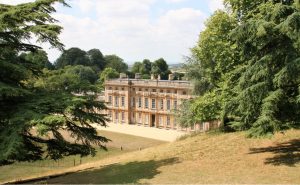
This was my second time visiting this place and both times have proved to be at completely different seasons. My first visit was at the back end of the snow and heavy rain at the beginning of the year. Sadly I couldn’t explore the glorious grounds that time; I had to stick to the driveway which highlighted how steep and hilly these lovely grounds are. I knew upon my first visit that I would need to come back to explore the near 300 acres of land.
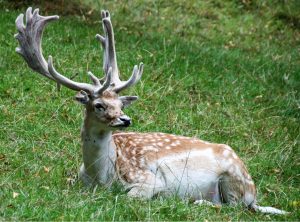
My second visit came during the heat wave that has engulfed the UK and the rest of Europe. I’m not one to complain about it being a sun worshipper but the effects it is having is startling. Is this the biggest sign that global warming is really happening? And have we left it too late to do anything about it? The heat sadly had taken all the colour out of the grass and flowers and made the grounds look almost like a desert. The formal garden would have shown the beauty of the western side of the house: sadly it looked like something from the Sahara.
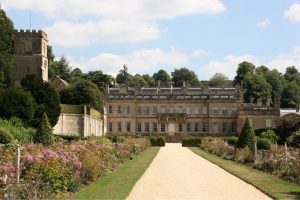
After walking up the final hill to get the stunning view looking down on the house I left the impressive Dyrham, and a renovated Dyrham Park is perhaps one of the best in the National Trust portfolio?
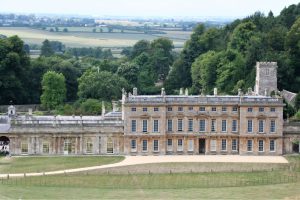
Dyrham Park, Dyrham, South West England, United Kingdom

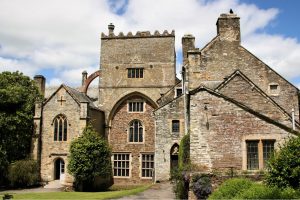
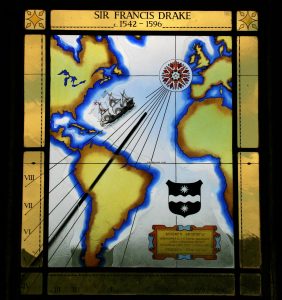
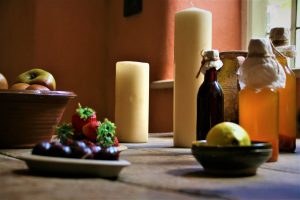
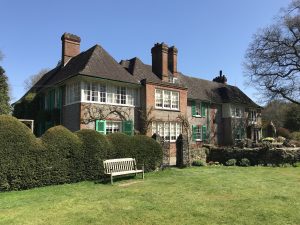 This is my second blog on my use of
This is my second blog on my use of  person by that name whose wallpapers feature in many a National Trust property; indeed one can visit his house somewhere down Kent way) started
person by that name whose wallpapers feature in many a National Trust property; indeed one can visit his house somewhere down Kent way) started 